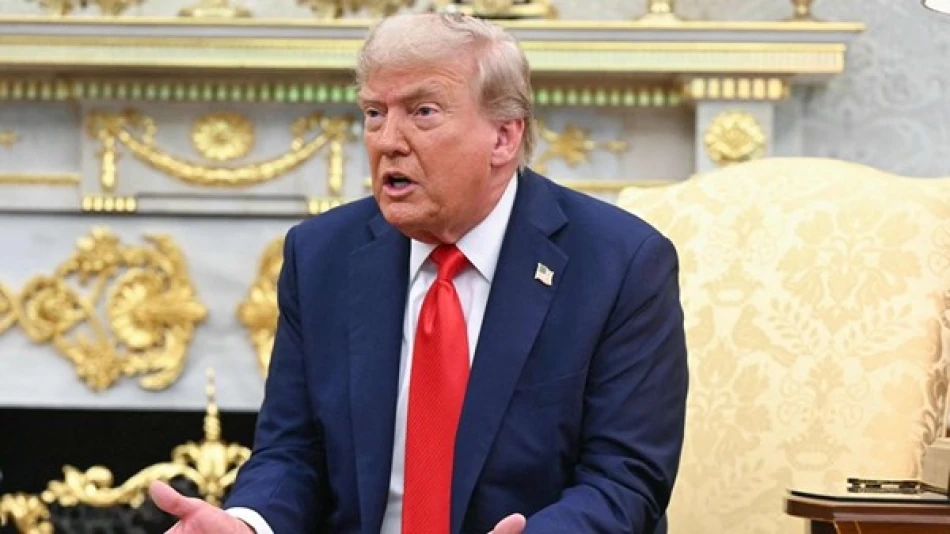
ترامب يفرض رسوماً جديدة على تأشيرات العمال ذوي المهارات العالية
Trump's $100,000 H-1B Visa Fee: A Strategic Move to Fund American Tech Competitiveness
President Donald Trump has signed a declaration imposing a steep $100,000 annual fee on H-1B visa applications, fundamentally reshaping America's high-skilled immigration landscape. This dramatic policy shift targets the tech industry's primary pathway for recruiting foreign talent while potentially generating billions in government revenue from companies desperate to fill critical positions.
The New H-1B Economics: From Lottery to Premium Access
The H-1B program has long served as Silicon Valley's lifeline for accessing global talent, particularly in software engineering, data science, and artificial intelligence roles where qualified American workers remain scarce. The new $100,000 fee represents a 10,000% increase from current application costs, effectively transforming the visa from an accessible workforce tool into a premium immigration product.
This pricing strategy mirrors high-value investor visa programs used by countries like Singapore and the UAE, where substantial fees serve both as revenue generators and demand regulators. The move suggests the Trump administration views foreign tech talent as a luxury service rather than an economic necessity.
Tech Industry Response: Compliance Over Confrontation
Trump's confident assertion that tech companies "will be very happy" with the change reflects the industry's limited alternatives rather than genuine enthusiasm. Major technology firms have invested heavily in Trump-aligned policies and leadership, making public opposition politically risky.
Market Implications for Big Tech
For companies like Google, Microsoft, and Meta—which collectively sponsor thousands of H-1B visas annually—this fee structure could add hundreds of millions to operational costs. However, these firms possess the financial resources to absorb such expenses, potentially creating a competitive moat against smaller startups that rely heavily on international talent but lack equivalent budgets.
The policy may inadvertently strengthen Big Tech's market position by pricing out emerging competitors from accessing the same global talent pool.
Global Talent Competition: America's Strategic Gamble
This fee increase occurs as competing nations aggressively court international tech talent. Canada's startup visa program, the UK's Global Talent visa, and Germany's EU Blue Card offer more accessible pathways for skilled workers. The $100,000 barrier could redirect top-tier talent toward these alternatives, potentially weakening America's long-term technological leadership.
Revenue Generation vs. Innovation Risk
If current H-1B application volumes persist, this fee could generate over $8 billion annually for the federal government. However, the policy assumes demand elasticity that may not exist—many companies might simply relocate operations to countries with more favorable immigration policies rather than pay premium fees.
Long-Term Consequences for American Competitiveness
The fundamental tension underlying this policy involves balancing immediate political objectives with sustained economic competitiveness. While the fee may satisfy domestic worker advocacy groups and generate substantial revenue, it risks undermining America's position in critical technology sectors where international talent provides decisive advantages.
The ultimate test will be whether American companies can develop domestic talent pipelines quickly enough to offset reduced international recruitment, or whether this policy inadvertently accelerates the globalization of technology development away from American shores.
Most Viewed News

 Layla Al Mansoori
Layla Al Mansoori






